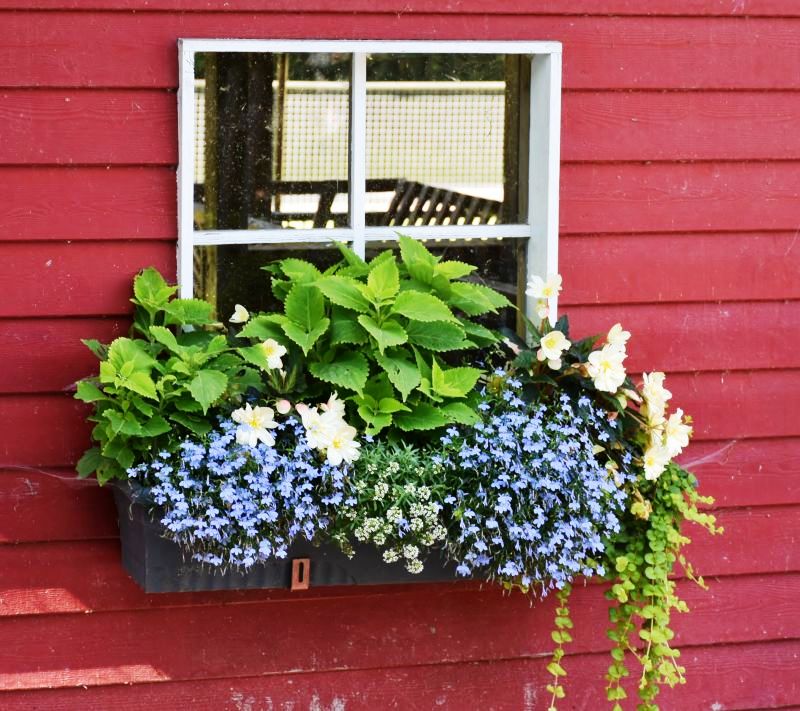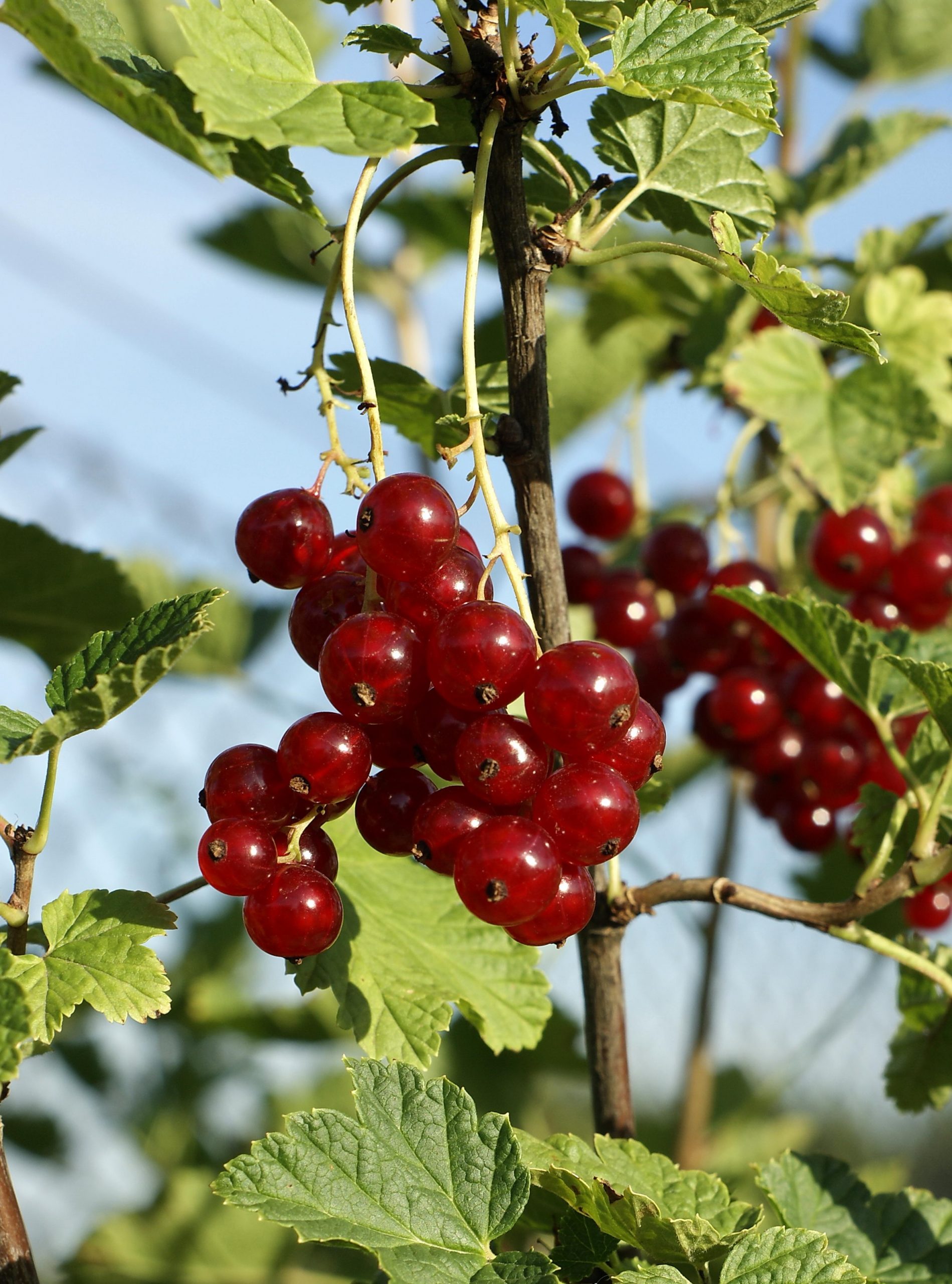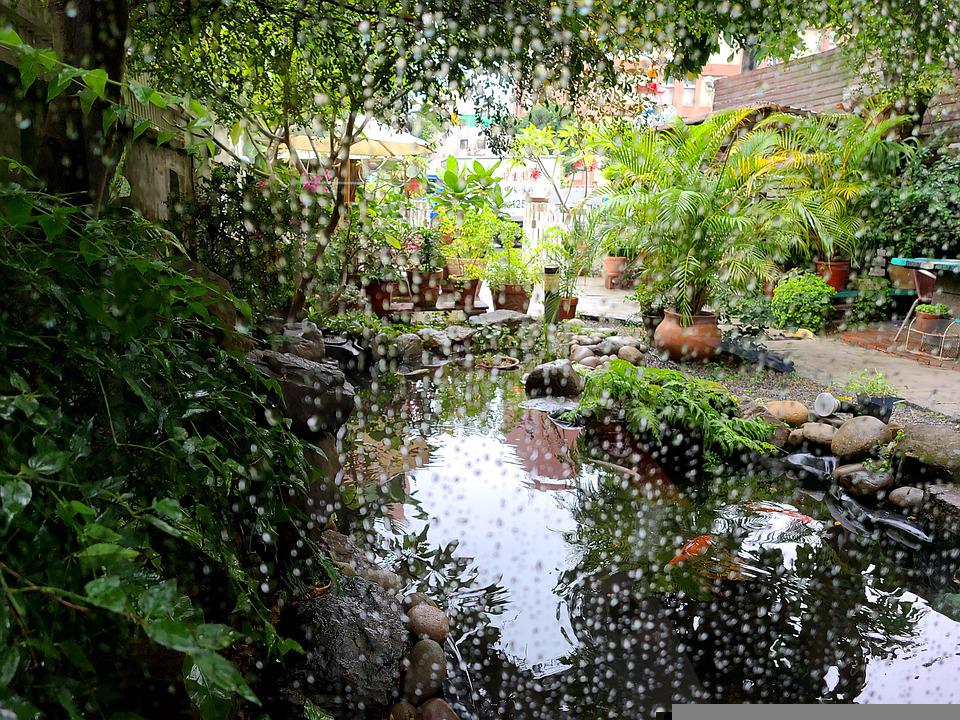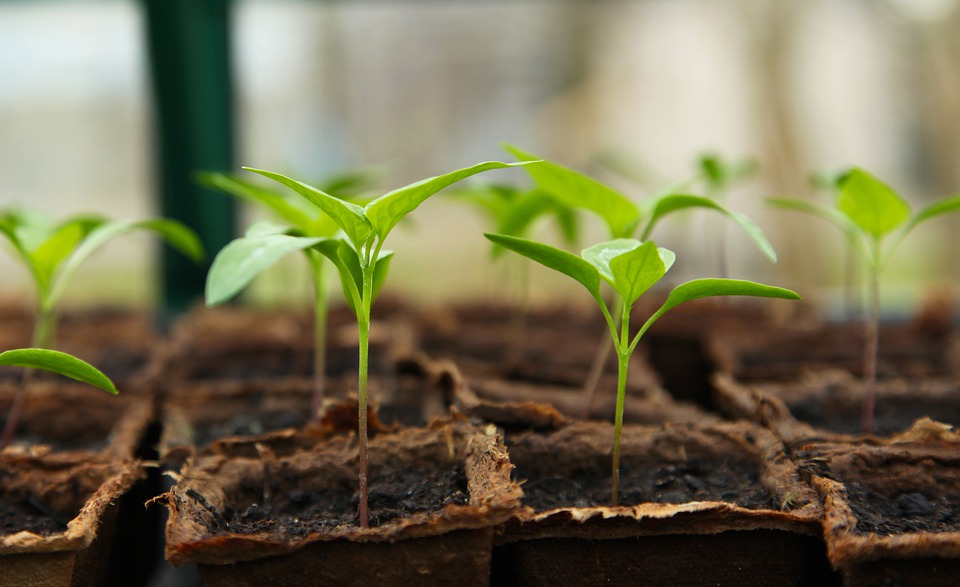Tips on Making a Planter
Making a balcony look like a hanging garden, or even a small vegetable garden, is really within reach of any budding gardener. Just follow these few simple guidelines below, and your window boxes will flourish.
Any crop can be grown in a window box: lettuce, cucurbits, raspberries, pots and mythical geranium. You must choose species that require little space for their roots and aerial development. Discover all you need to know to make a window box.
Basic principles for growing in a window box
Exposure, location and watering
Know that the best exposure for potted plants is from mid-shade to full sun, with a southeast, southwest or west orientation.
Avoid exposure beyond 7 hours daily, or your plants will suffer from dehydration.
Choose large planters: the larger the soil volume, the more beautiful your plantings will be.
Before filling your planter, make sure it has holes:
Water drainage is essential;
Place a flat pebble over each hole to prevent the soil from blocking it.
Before planting, plan for the future crowding of your plants:
2 to 3 plants per 40 cm planter on average for flowers;
vegetables, on the other hand (especially cucumbers, zucchini and other cucurbits) require more space;
each plantation must be able to grow without disturbing its neighbour.
Keep an eye on your plantings regularly:
don’t forget to water;
never in full sun but at the beginning or end of the day;
Remove weeds.
Secure your planters to prevent them from falling over!
Putting a plant in a window box
Fill the planters with good potting soil to the halfway point, packing lightly.
Move the plant.
Soak it in water before planting it.
Then place it on the ground.
Fill in with potting soil, again packing lightly.
Water generously, attaching an apple to the end of your watering can.
In the following days, reduce watering to facilitate rooting.
Option 1: Create a vegetable planter
Plant the vegetables in a mixture of potting soil and soil.
Choose planters that are 25 cm deep.
Climbing plants: tomatoes, cherry tomatoes, string beans
Buy them preferably as seedlings.
Place your planter along a wall, or put up stakes as they grow.
Remember to expose tomatoes to the south; they need a lot of sun (up to 7 hours a day).
Creepers: small fruit squash, pocket watermelon, mini squash
Choose varieties suitable for small areas.
Think they will spread; let them run out of the planter if you can.
Fast-growing: lamb’s lettuce, cut lettuce, spinach
Be careful; these plants are fast-growing and can be eaten within a few days.
Water frequently, as they need a lot of water.
Sowing: radishes, spinach
Sow in the open ground from March to May.
Cover with 3 cm of compost.
Pack well.
Water in fine rain until the emergence.
Remove 1 plant out of 2 once the shoots are well established.
Sowing: mini squash or other cucurbits
Sow in cups (or yogurt pots) in March.
Fill the cup halfway up with potting soil.
Place 3 seeds per cup.
Bring the bucket indoors, as the plants are sensitive to cold.
Keep the soil moist.
As soon as the first 2 leaves open, transfer the plants to your window box, keeping their root ball.
Water without excess.
Option 2: Grow fruit in a window box
Choose strawberry plants carefully; there are wide varieties. Blackberries, raspberries, strawberries, and currants do very well in a window box. Think of wild strawberries, which are so fragrant and require less water.
Please take into account their future development.
Plant the plants:
in potting soil, either in the spring or from mid-August to October, they will take root before winter;
separated by a distance of about 25 cm.
Offer them a stake if they grow towards the sky (raspberry or mulberry tree).
Water frequently but not excessively.
Note: These plants can withstand shallow temperatures without any problems, but beware of late frosts.
Option 3: Grow aromatic plants
You can plant in window boxes:
Perennial herbs: tarragon, chives, thyme, savoury, rosemary, sage…
annual herbs: basil, mint, parsley, chervil, coriander…
Start practicing with perennial herbs, which can last several years. Continue later with the annual plants, which must be renewed every year.
It is easier to buy them directly as plants:
Plant them in spring in potting soil with a bit of sand.
You can put them in a window box or a small pot; aromatic plants can be satisfied with a depth of 10 cm.
Try to respect their needs in water and sun as much as possible, which differ according to the plant.
Be careful not to mix mint with other plants; it is invasive and chokes its neighbours.
Tuck the pots away in the fall, if you can, and place them near a window.
Option 4: Create flower boxes
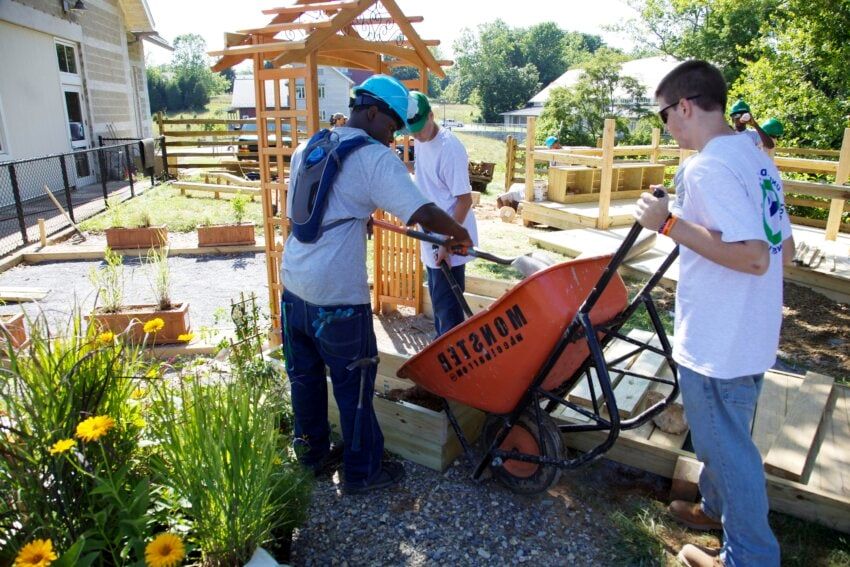
Geraniums, hanging verveine, petunias, nasturtiums, morning glories… The list goes on!
Favour:
flowering and often scented plants, sometimes climbing (roses, Indian lilac, jasmine, clematis…) ;
very late flowering plants (autumn daisies) or early flowering plants (bulbous plants: narcissus, hyacinth, crocus);
If you have space, you can even consider small shrubs, conifers or dwarf fruit trees.
Plant them in potting soil.
Try to group plants that have the same need for water and sun.
Dare to mix flowers and vegetables for more colour and diversity!
Materials needed to grow a planter
Watering can
Potting soil
Transplanter
Wooden stake
